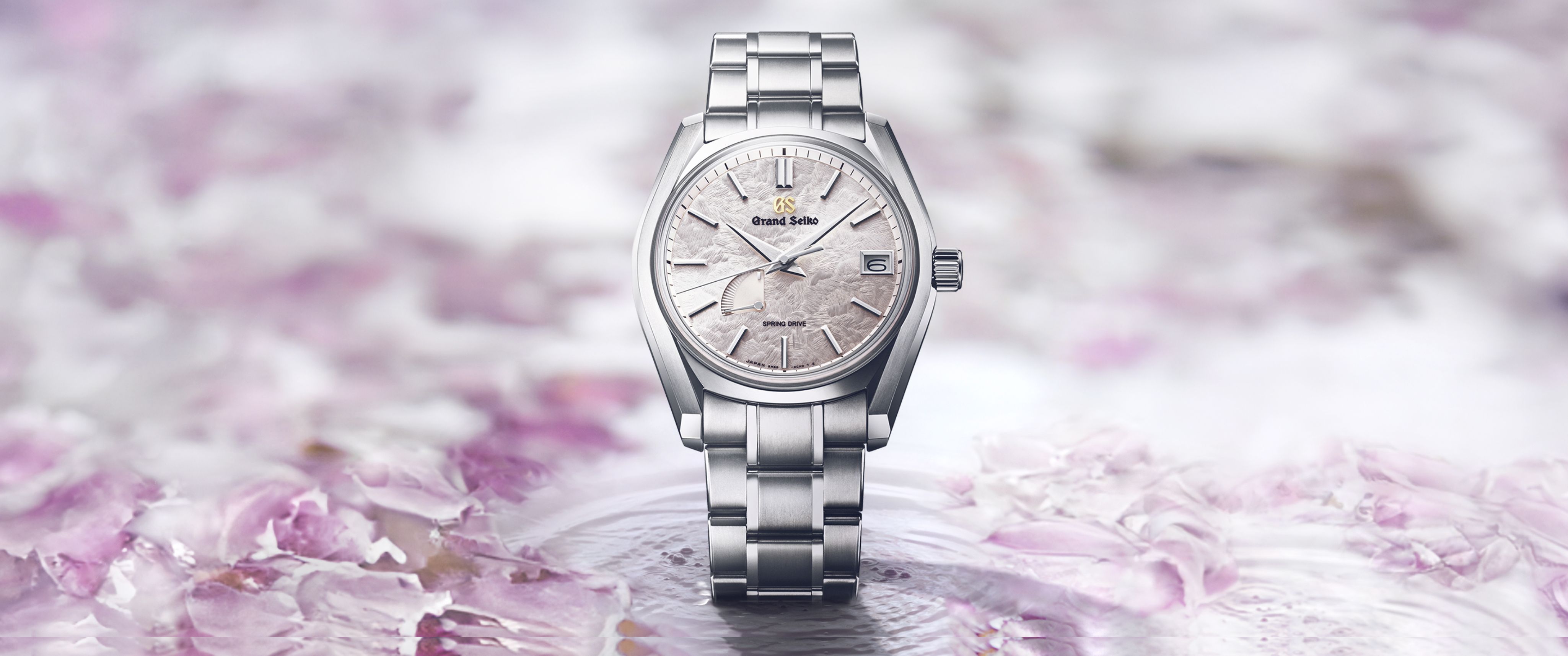International Olympic Day 2023: Let's Go Behind The Scenes To Understand The History And Evolution Of Timekeeping At The Olympics
Innovation is at the helm of sports events and for an occasion as grand as the Olympics, a myriad array of technological nuances act in tandem to make this mega event possible. While the athletes and sports are the highlight attractions at the Olympics, the many things that occur behind-the-scenes in making it possible to record, replay, measure, analyze, and predict their performances sure deserve a special mention.
Are you ready to dig deep into the intricacies of one of the most significant elements in Olympic sports precision analysis and result in determination and also one of our favorite topics – “Time”?
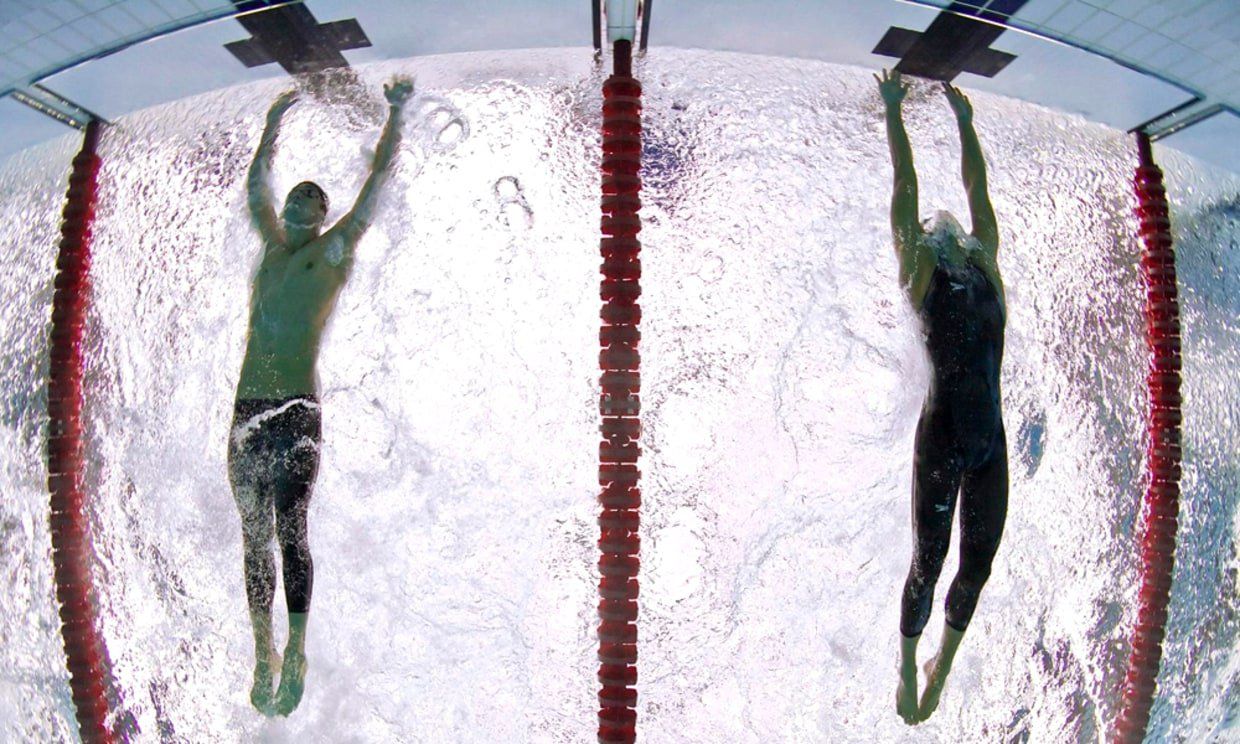
For an event where even a thousandth of a second can mean the difference between gold, silver, and bronze, timing is of the utmost significance. We will go through the history of Olympic sport timing, and the evolution of precision timing processes as well as discuss the instruments of timekeeping making it all possible.
Time And Sports - Where It All Began.

Sports, competition, or bare combat in ancient civilizations never really recorded the results or achievements of athletes. It was all about being victorious and emerging as the best of all. Ancient Greek civilizations had an ardent interest in athletic competitions and the only distinguishing element between the competitors was the win or loss. Margins, measurements, or recordings of results didn’t really matter as the victors were said to be crowned by the Gods themselves.
Fast-forward to 1896, the year the first Olympics were held and co-incidentally in the Greek capital of Athens, sports measurements and timing had evolved a great deal, and defined parameters were set to distinguish athletic performances based on those.
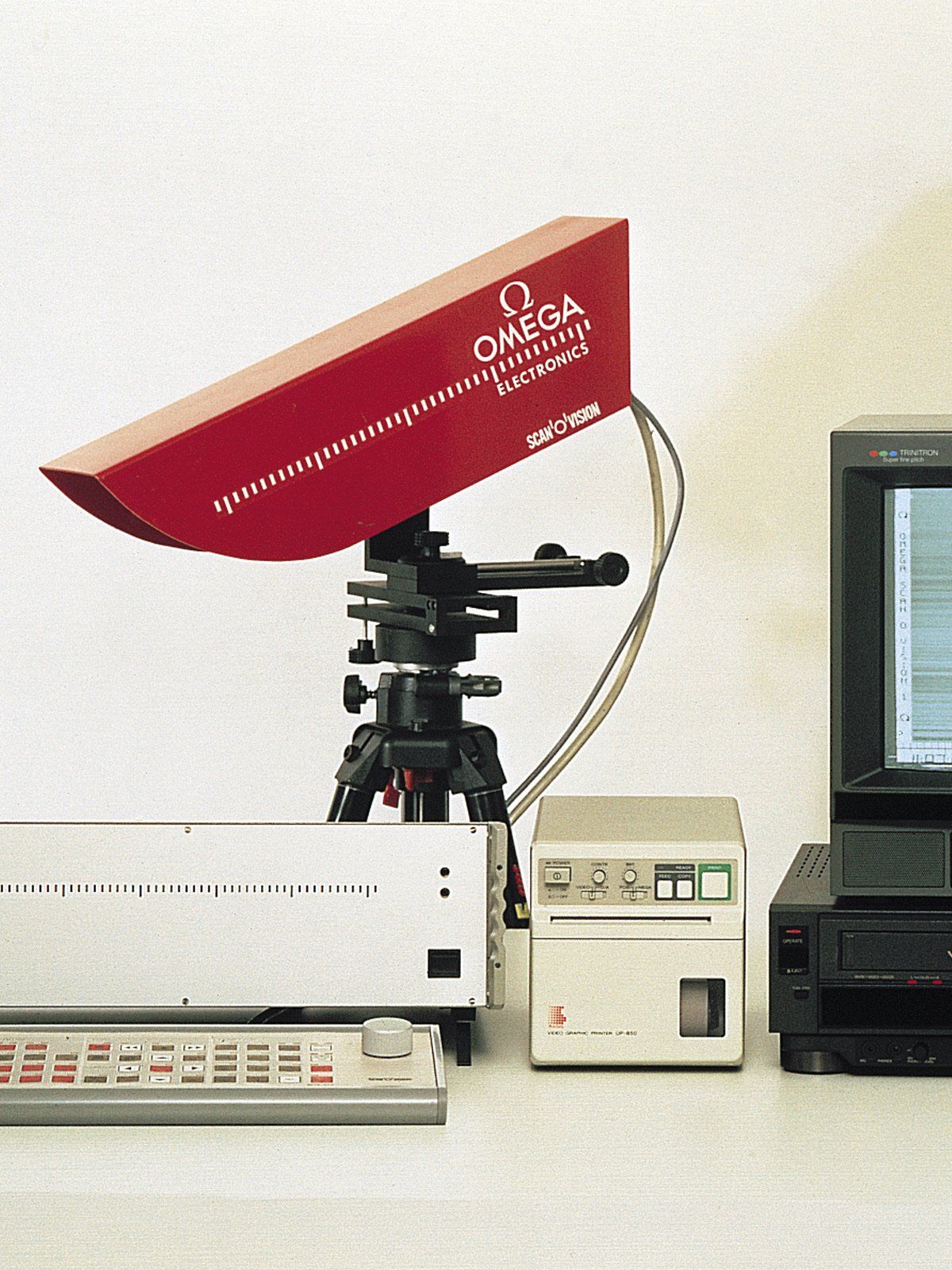
By contrast, the modern generation of Olympic sports attaches an imperative allure to measuring results that too within the most intricate parameters where performances and results are differentiated by a factor of milliseconds. Timing and measurement of results is the only aspect making possible a registry of new records in respective sports and this has resulted in an elevated understanding of athletic performances and learning about the scope of enhancements in the same as well, all thanks to the measurement of time.
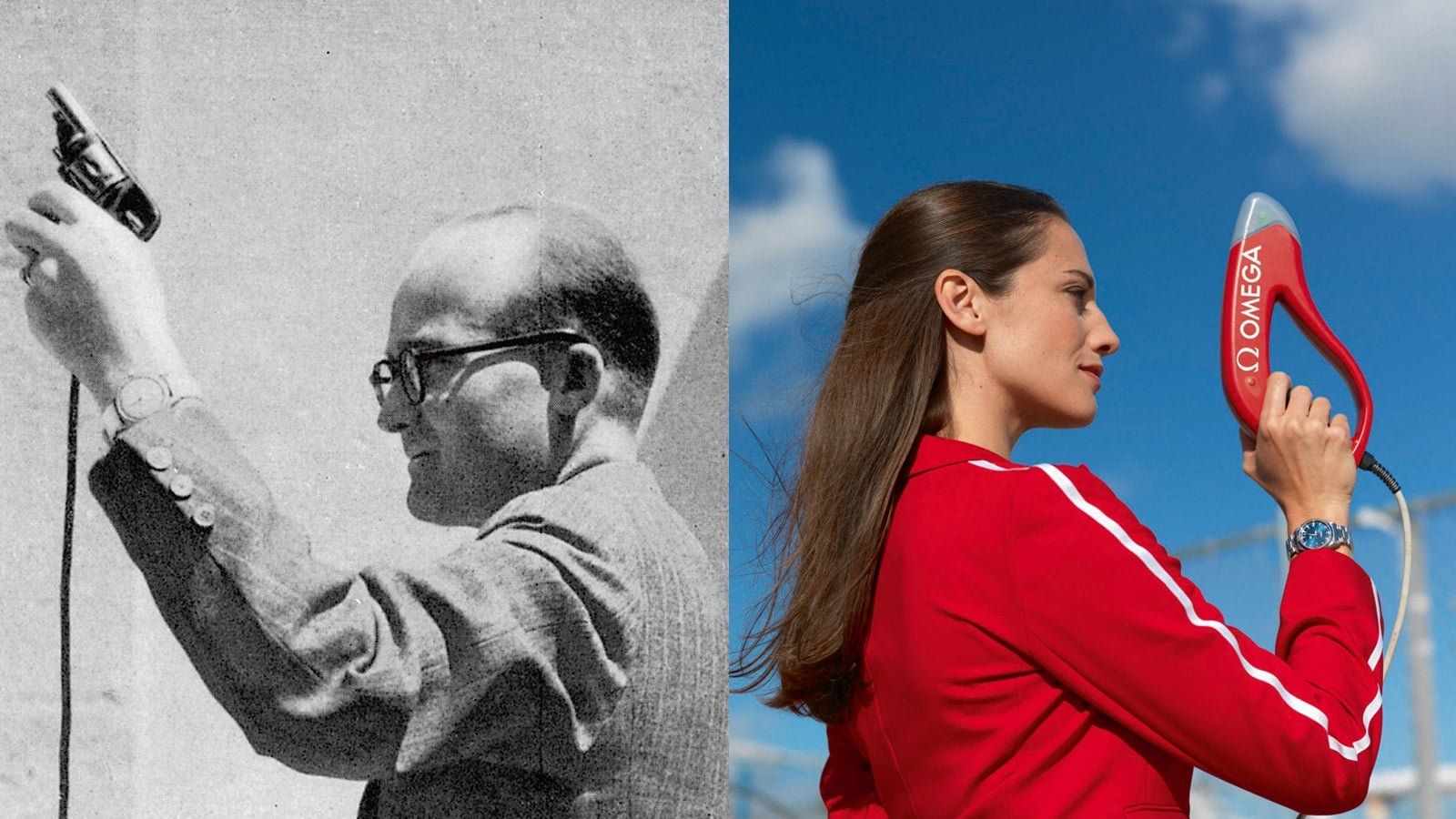
Sports And Their Relationship To Time:
Categorizing Competitions According To Their Relation To Time
As defined in the information sheets of Olympics drafted for explaining time and sport, Olympic sports can be divided into three broad categories based upon their relationship to time:
- One category includes sports like basketball, boxing, football, and volleyball, where time is divided into periods of a predetermined duration. This division of time adds suspense to the game, leading to memorable moments of sudden turnarounds and last-minute scores that leave a lasting impression on the spectators.
- Another category comprises sports such as golf, table tennis, wrestling, and curling, where time is divided into periods, but the duration of each period is not fixed.
- The third category consists of timed sports like track athletics, cycling, bobsleigh, and swimming. In these sports, the measurement of time takes center stage. Every fraction of a second matter, and new records set in these sports become part of the Games' and human performance's history.
The fine lines between stardom and defeat have slimmed considerably. Today’s technological advancements have streamlined the ability to measure split seconds or fractional distances. The slimmest of margins distinguish triumph and defeat as was evident in the Olympics of 1952 which produced one of the closest finishes in the history of the event.

In the men’s 100m race, six athletes crossed the line in a photo-finish fashion where the podium and the victor were determined based upon the visual analysis of the athlete’s distances from the line which was a matter of mere millimeters.
In the current era of competition, a range of advanced technologies enhances the accuracy and precision of capturing sporting moments. These include action replays, crystal-clear photo finishes, virtual timing bars, and digital timing systems that can measure time down to the thousandth of a second.

The Evolution Of Technology:
Olympic Timing Measurement Advancements

The days of using simple mechanical stopwatches to time sporting events is a tale of the past. Modern sports rely on innovative tools and technologies to deliver the most reliable and accurate determination of measurement of results.
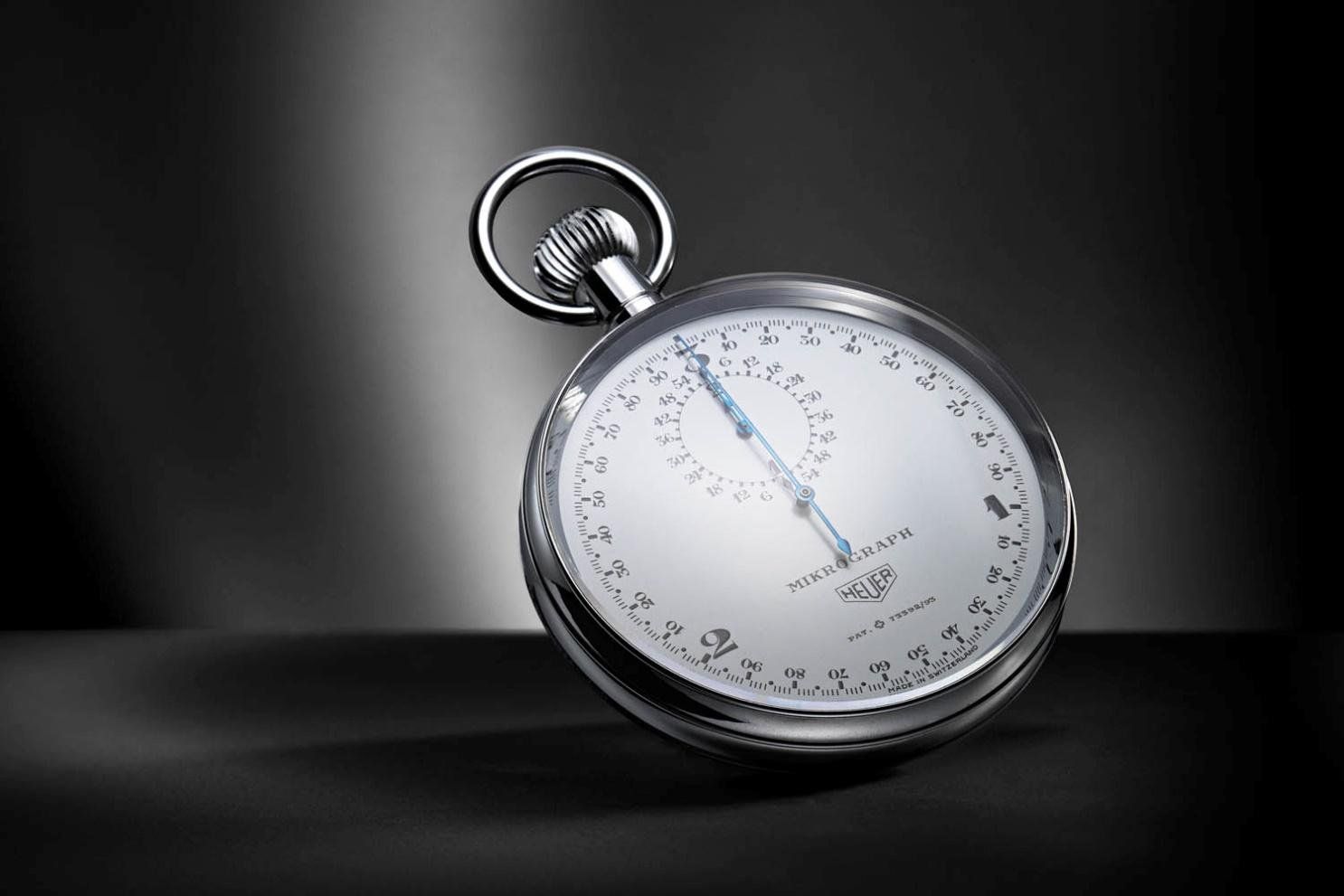
In the 1930's, Olympic timekeeping relied on manual stopwatches. However, a significant breakthrough in timekeeping emerged in 1948 with Omega’s introduction of new electronic equipment, such as photocells and photo-finish cameras. Initially, these devices served as backups and were not the primary systems in use. Changes were required in the sports regulations to fully embrace them as mainstream timekeeping tools. Eventually, the electronic timekeeping wave gained momentum and completely revolutionized the process, all thanks to Omega and the pursuit of better precision in timekeeping. These digital timing devices can measure and record time intervals up to a thousandth of a second.

One of the major advantages of relying on precision instruments was the elimination of human reaction times, greatly benefiting the athletes. With state-of-the-art timing technologies such as motion sensors, advanced positioning systems and pin-point accurate video graphic evidence tools, Olympic athletes can be measured and results recorded in microseconds. For reference, a blink of an eye on average takes about 300 microseconds. With the demands of precision advanced timekeeping of the highest possible order, only the best make the cut for recording these events. In the modern era of sports, only Omega and Seiko have been entrusted with the task of leveraging first-grade technology and instruments and have played the role of official timekeepers for the event.
Since 1932, Omega has carved a legacy of unrivaled precision in Olympic sports timekeeping and has fulfilled the role of Official Timekeeper at the Olympic Games on 30 occasions. Their services also extend to timekeeping at the Paralympic Games and Youth Olympic Games.
From the early 1930s pocket watches by Omega to the modern-day body sensor devices and positioning systems, the evolution of precision timekeeping at the Olympics has alleviated the margin of error to an unimaginable level. Today, we get result measurements and player timings in order of accuracy standards up to milliseconds.
Olympics And The Watchmakers – Who Has Kept Time At The Sporting Spectacle?
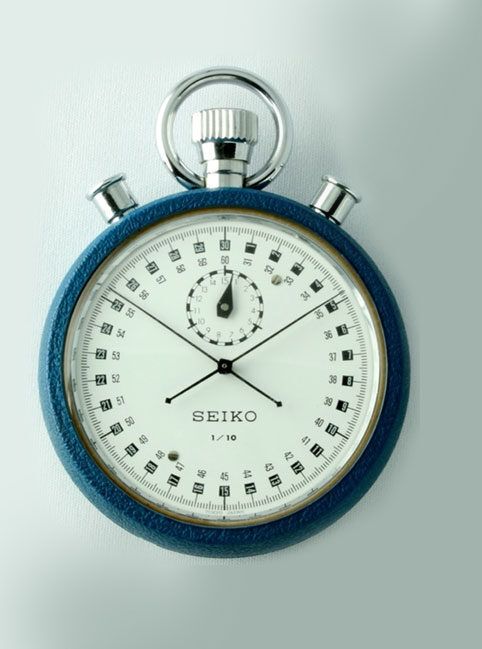
With the evolution of the sport itself, the demand for advanced timekeeping devices has swelled considerably. Seeking innovation and precision of the highest degree, watchmakers and manufacturers pursue a relentless race to perfection and innovate devices with the prowess to measure from 1/5th second to 1/10th second to 1/100th second.
Of all the watchmakers linked to sport, Omega has carved a formidable legacy as the oldest sponsor and timekeeper at the Olympics. As a lone Swiss watchmaker arriving on the scene in 1932 at the Olympics in LA with just 30 split-second chronographs, the Manufacture now has a dedicated team of timekeeping professionals supported by a barrage of equipment to pursue the same goal: to offer reliable and precise timing for the world’s greatest sporting spectacle.
Despite Omega’s fabled success in Olympic timekeeping, the list of manufacturers which have made sport measurement at the event possible is diverse and includes the following:
Longines
- 1896 Athens
- 1972 Munich
- 1920 Antwerp
- 1924 Paris
- 1928 Amsterdam
- 1980 Moscow
- 1932 Los Angeles
- 1936 Berlin
- 1948 London
- 1952 Helsinki
- 1956 Melbourne
- 1960 Rome
- 1964 Tokyo
- 1968 Mexico City
- 2008 Beijing
- 2012 London
- 2016 Rio
- 2020 Tokyo
- 1976 Montreal
- 1980 Moscow
- 1984 Los Angeles
- 1988 Seoul
- 1992 Barcelona
- 1996 Atlanta
- 2000 Sydney
- 2004 Athens
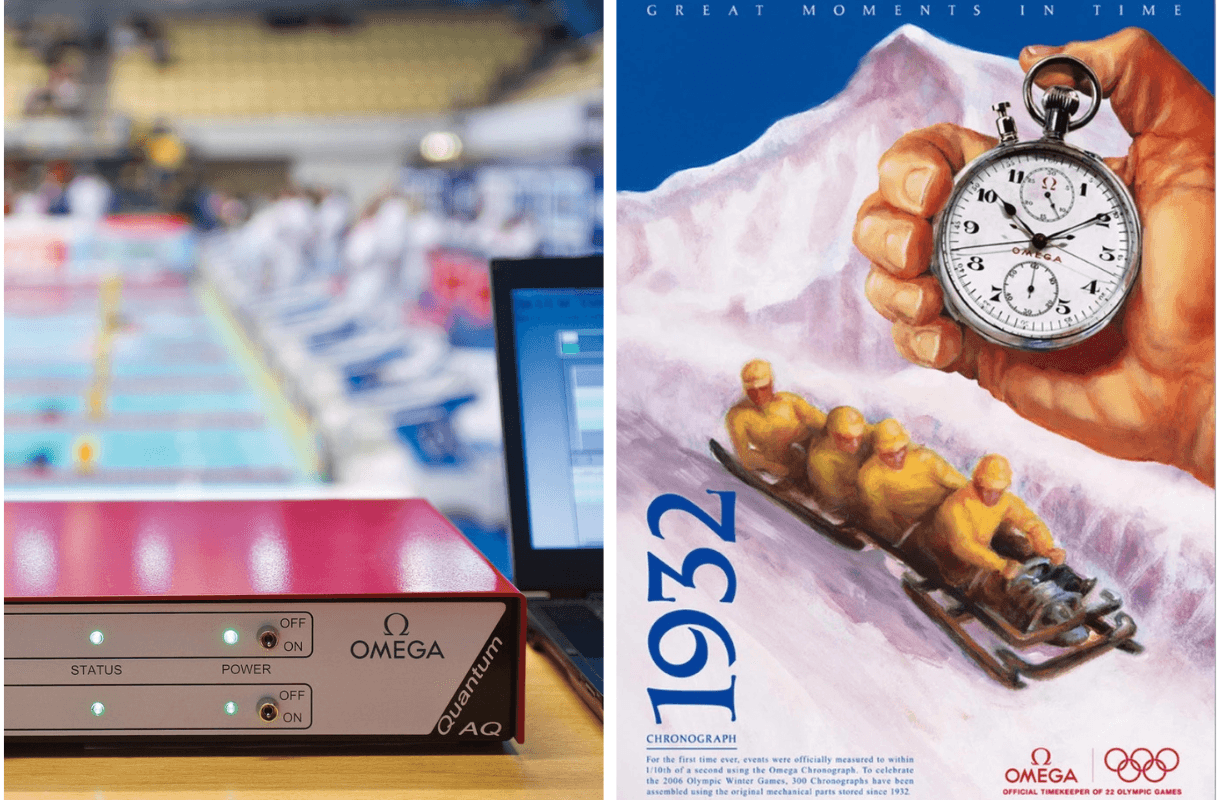
The origins of watchmakers fulfilling sporting event timekeeping duties have been a timeless endeavor. Whether we take Rolex’s involvement with Formula 1, Tissot with MotoGP, or Omega’s success as the Olympics’ official timekeeper, watch manufacturers invest hefty sums in perfecting their timekeeping prowess for the pinnacle of sporting events.
Apart from resulting in a finesse of timekeeping precision at these events, brands gain significant leverage in terms of their market appeal and advertisement from such partnerships. This was evident after Seiko was announced as the official timekeeper at the Tokyo Games in 1964 which propelled the brand’s objective of announcing itself to the world as the leading mass-producer of timepieces. Seiko also became the first non-Swiss watchmaker to be a timekeeper at a major sporting event.
As we celebrate International Olympic Day 2023, the spirit of precision timekeeping as a necessary facilitator of accurate result measurements needs to be well appreciated along with the primary objective of the day itself, which is to encourage participation in sports and emphasizing its power in bringing people together and creating peace.
So, on this International Olympic Day 2023, #LetsMove
No articles found


